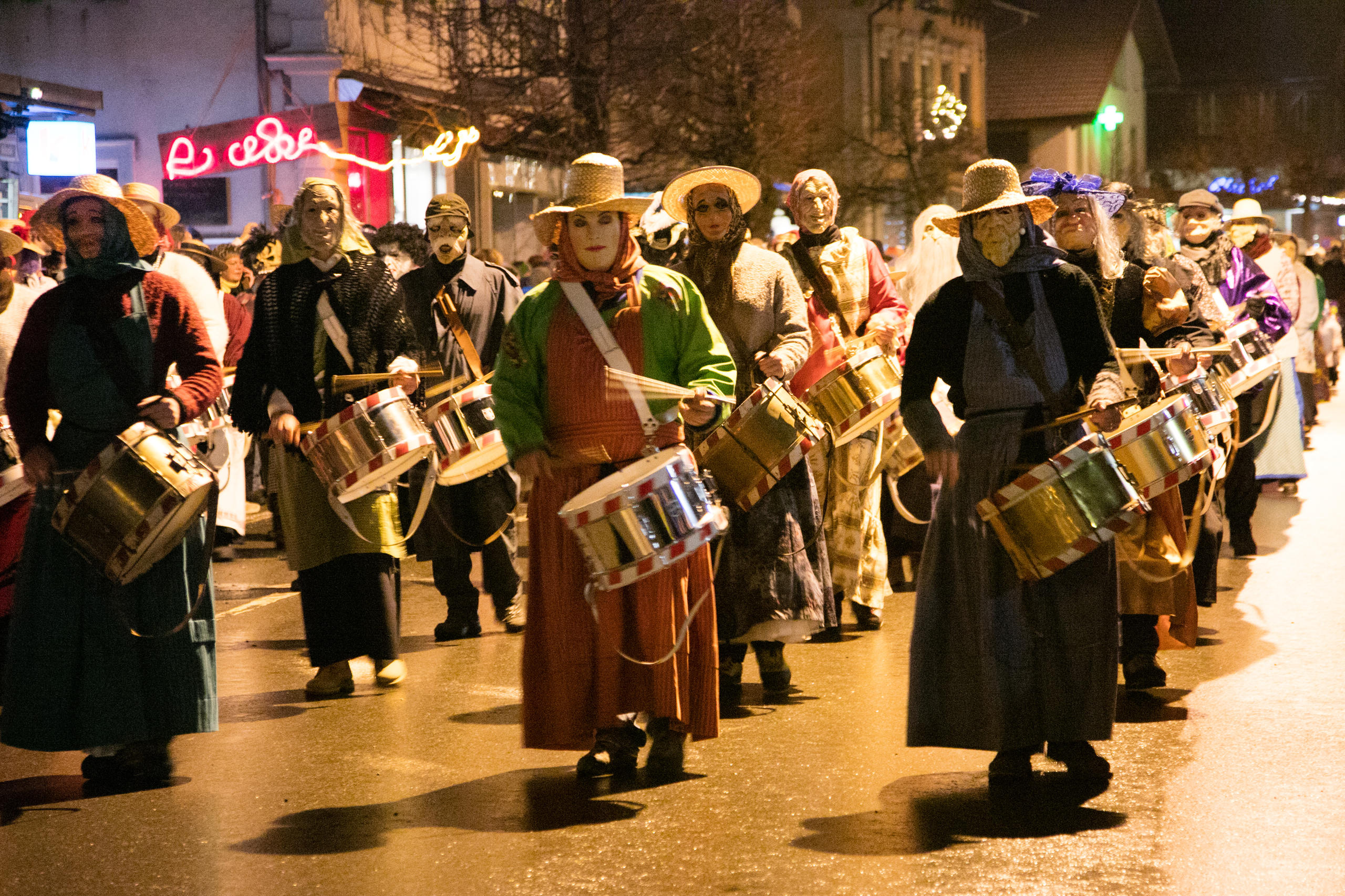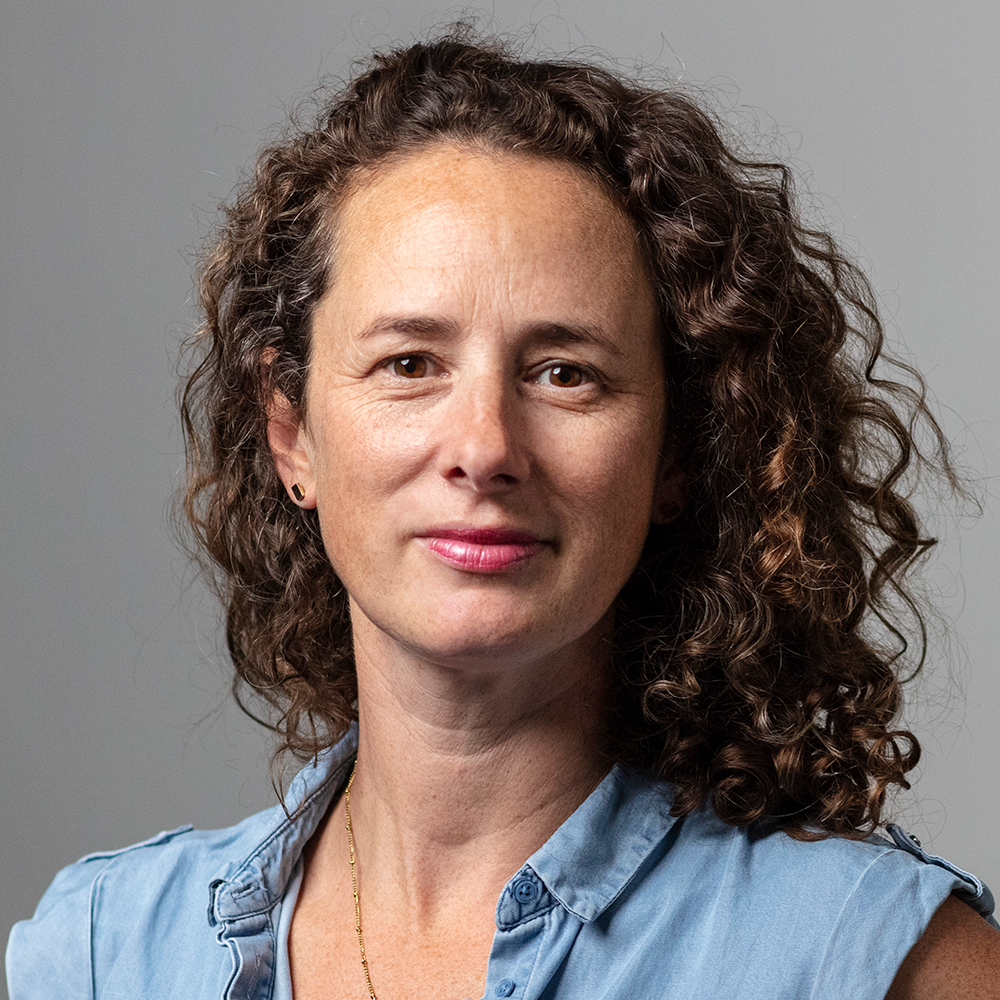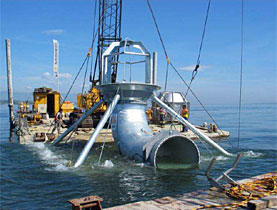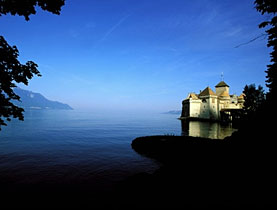Lake Geneva gas project launched

Vevey-based firm Petrosvibri has outlined plans to test-drill for natural gas deep beneath Lake Geneva opposite Montreux's Chillon Castle.
The company hopes to strike it rich and find the equivalent of 70 years’ worth of gas. Drilling is expected to start in November and the first results should be ready in 2011.
After approval from the Swiss government and canton Vaud, the local Noville communal authorities gave the project the go-ahead in April after months of discussion.
Petrosvibri, which belongs to Swiss gas providers Holdigaz and Gaznat, plans to start prospecting for gas at the eastern end of the lake close to where the River Rhône flows into it.
According to Philippe Petitpierre, vice president of Petrosvibri, the exploratory drilling phase should start at the beginning of November and continue for six to eight months. This will be followed by six months’ careful analysis before possible extraction.
The company said the project had a 50 per cent chance of finding the equivalent of eight years’ worth of natural gas consumed in Switzerland and a 15 per cent chance of extracting 70 years’ worth.
And it does not exclude hitting oil, although this is unlikely, the firm claims.
The SFr22.5 million ($21 million) project involves building a 10,000 square-metre drilling platform on farming land belonging to the Noville community. Drilling will start vertically and then continue at an oblique angle under the lake to a depth of three kilometres.
The lake water will therefore not come into contact with the drilling equipment or any resulting gas or crude oil, says the firm.
Green guarantees
Petrosvibri says there will be monitoring of the environmental impact throughout the process. As a result, the environmental group Pro Natura has lifted its opposition.
“Special attention has been given to the impact study and to environmental protection. A series of measures has been drawn up to minimise the impact of the project as much as possible,” says the prospector.
Environmental organisation WWF regrets the fact that the money involved in the project will not be invested in renewable energies but does not contest the plans.
“We welcome the fact that the source of the energy and the consumers are close to each other,” said Serge Ansermet of the local WWF section.
If the exploratory phase proves successful, the company will have to apply for an extraction permit. In the event of a dispute between the various states involved – cantons Vaud, Valais and France – the extraction could in theory be given to another company.
But Petitpierre remains confident.
“Canton Vaud has guaranteed the concession and this should be renewed by canton Valais. We are also seeking similar protection from the French state. We have no reason to believe that we risk losing the possibility of exploiting the gas fields we might find,” he said.
Potential sites
Prospectors are studying the Alps and surrounding region with great interest for potential natural gas and crude oil fields.
“In the 1990s, with oil at $9 a barrel, all gas and oil research projects launched in the 1960s and 70s were stopped in Switzerland. The rise in oil prices and new geological theories about Switzerland have re-launched gas and oil prospecting. This trend is also going on in Germany, Italy and France,” said Werner Leu, Petrosvibri’s chief geologist.
He added that the Jura region probably had greater reserves of crude oil than the Alps, where natural gas was more predominant.
To date, the Petrosvibri project is the most developed in Switzerland. But the Swiss Petrol Company (SEAG), a branch of Swisspetrol, the gas and oil research organisation dissolved in 1994, has obtained a prospection permit for the Cuarny-Essertine region in the north of canton Vaud, as well as for the Bern region. It plans to start drilling by the end of 2009. SEAG also has projects in eastern Switzerland.
The firm Celtique Energy has started searching for gas and oil in the region between cantons Vaud and Neuchâtel and the Jura mountains, and other prospectors are reportedly keen to take a closer look under canton Ticino.
Frédéric Burnand in Vevey, swissinfo.ch (Adapted from French by Simon Bradley)
Petrosvibri is a Vevey-based firm that belongs to Swiss gas providers Holdigaz (34%) and Gaznat (66%), which specialise in the supply, transport and distribution of natural gas.
Petrosvibri’s mission is to prospect gas and petrol in the Vaud and Valais region.
In Switzerland total energy use can be divided into three roughly equal parts: households, transport and industry-services.
Crude oil makes up 57% of Switzerland’s energy sources, followed by hydroelectric (14%), gas (12%) and atomic energy (10%).
In 2004, Switzerland imported 12.66 million tons of crude oil. The demand for crude oil is expected to increase worldwide by 40%.
Biggest natural gas reserves: Russia (31.9%), Middle East (40.5%), Asia and Oceania (8.2%), Africa (7.8%), North America (4.4%), South and Central America (3.8%) and Europe (3.4%) – (SwissOil figures).
Experts say natural gas reserves are expected to last between 80 to 130 years, while crude oil may run out in 50 years.
The consumption of natural gas in Switzerland increased steeply between 1970 and 1996 – around 11% on average annually. This has slowed to around 1.5% per year over the past decade. The biggest consumers of natural gas are households (40%), followed by industry (33%).

In compliance with the JTI standards
More: SWI swissinfo.ch certified by the Journalism Trust Initiative













You can find an overview of ongoing debates with our journalists here . Please join us!
If you want to start a conversation about a topic raised in this article or want to report factual errors, email us at english@swissinfo.ch.